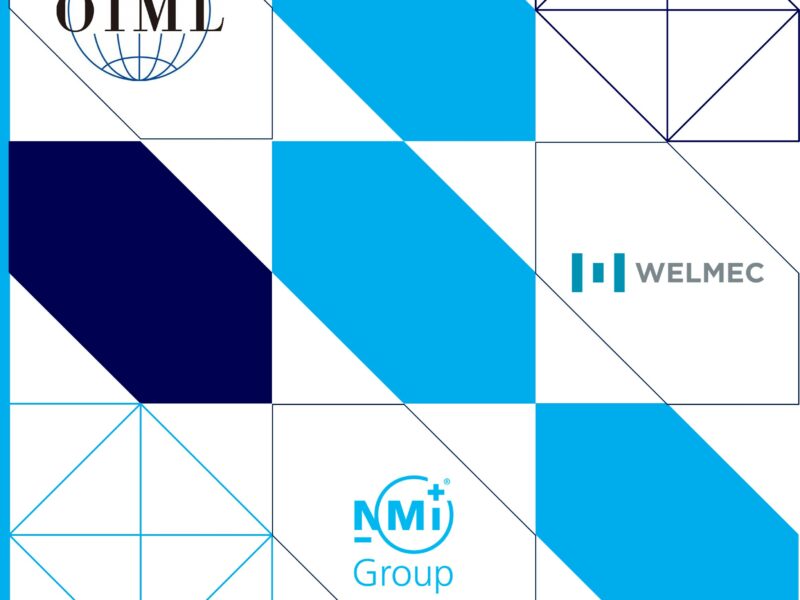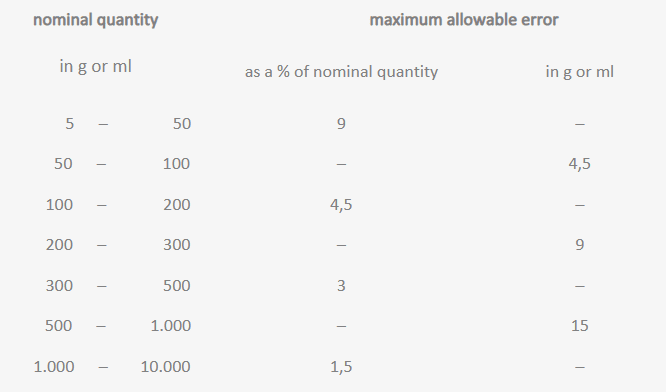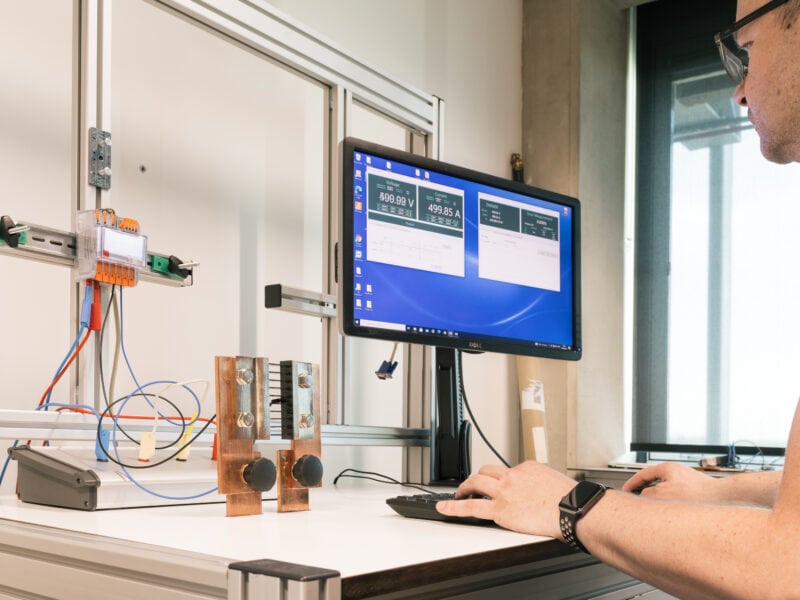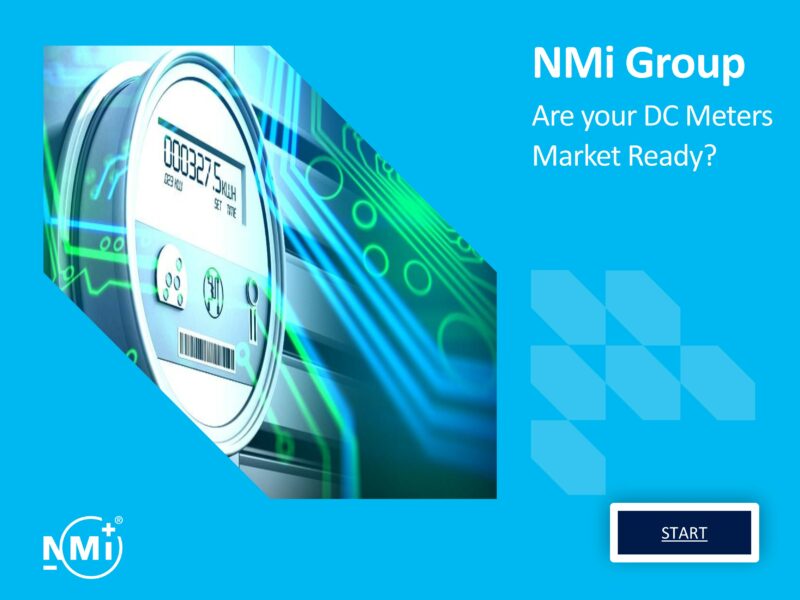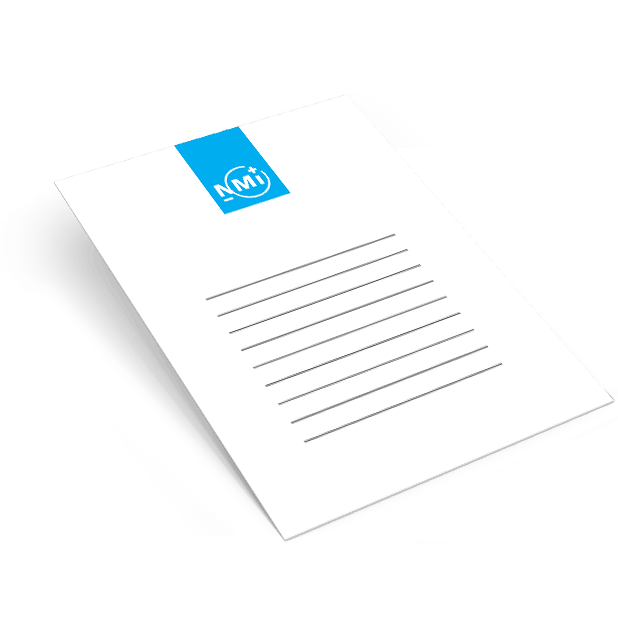A packager delivers individually packaged bags of chips in a large bag. On that bag, they write: 10 x 30 g net weight = 300 g. What is the right approach? Unfortunately, there’s no short answer.
A multipack is a prepackaging containing two or more packaged products or a product and one or more packaged products/ingredients.
It is wise to declare only the nominal quantity that is legally required.
What is legally required?
Different laws and regulations for various product types impose requirements for declaring product quantity on multipacks. This applies to food, cosmetics, chemicals, and similar items.
In general, if the individual packages within the multipack are intended for separate sale, the number of units and the quantity per unit should be stated on the multipack.
If the individual packages within the multipack are not intended for separate sale, then the number of units and the total quantity should be indicated.
This also applies when a prepackaged product includes a packaged ingredient, such as packets of cheese, croutons, and sauce in meal salads.
Special cases
A legal ruling states that portioned packages of honey sold or provided by caterers as part of a meal are considered prepackaged. There is good reason to extend this to portioned packages of other products as well. For example, a box of sugar packets should state: “1000 units, 5g each.” The sugar packets themselves should also be labeled with a nominal quantity. If an e-marking is used, it should be repeated on the multipack.
If the number of packages contained within the multipack is visible from the outside, indicating the number of units may be omitted.
If the total nominal quantity of all packages within the multipack is visible from the outside, indicating the quantity on the multipack may be omitted.
The European Commission has stated that if the exact number of units is not known due to “filling technical” reasons, an estimated quantity may be declared (e.g., “approximately 1000 units”). However, not all countries in the European Union have adopted this and may require the minimum number instead.
What if multiple nominal quantities are indicated?
Some packagers choose to declare both the nominal quantity of the individual packages and the total nominal quantity on the multipack. Additionally, the nominal quantity may be indicated in both volume (ml, cl, or l) and mass (g or kg) on the multipack.
All nominal quantities indicated on a multipack must be accurate. If an e-marking is used, it applies to all nominal quantities, even if it is clearly associated with one specific quantity. All these quantities must be included in the e-marking recognition.
Who is responsible?
The packager is responsible for ensuring that the prepackagings meet the requirements, including the multipack.
Exception: If someone assembles a multipack using prepackagings that already have a nominal quantity, packager identification, and an e-marking, which are intended for separate sale, and they do not declare a total quantity, then the packager of the prepackagings within the multipack is responsible for ensuring compliance with the requirements.
This means that the packager of meal salads who purchases ingredient packets is responsible for the total quantity of the product they need to declare. They must come up with a solution for dealing with the variation in the quantity of the purchased packets.
Example of incorrect declaration
It is incorrect to declare the quantity of products in packages that are not intended for separate sale on the multipack (e.g., on the box: “10 packets of instant soup, 19g each”). The number of units and the total weight must be stated on the multipack.
